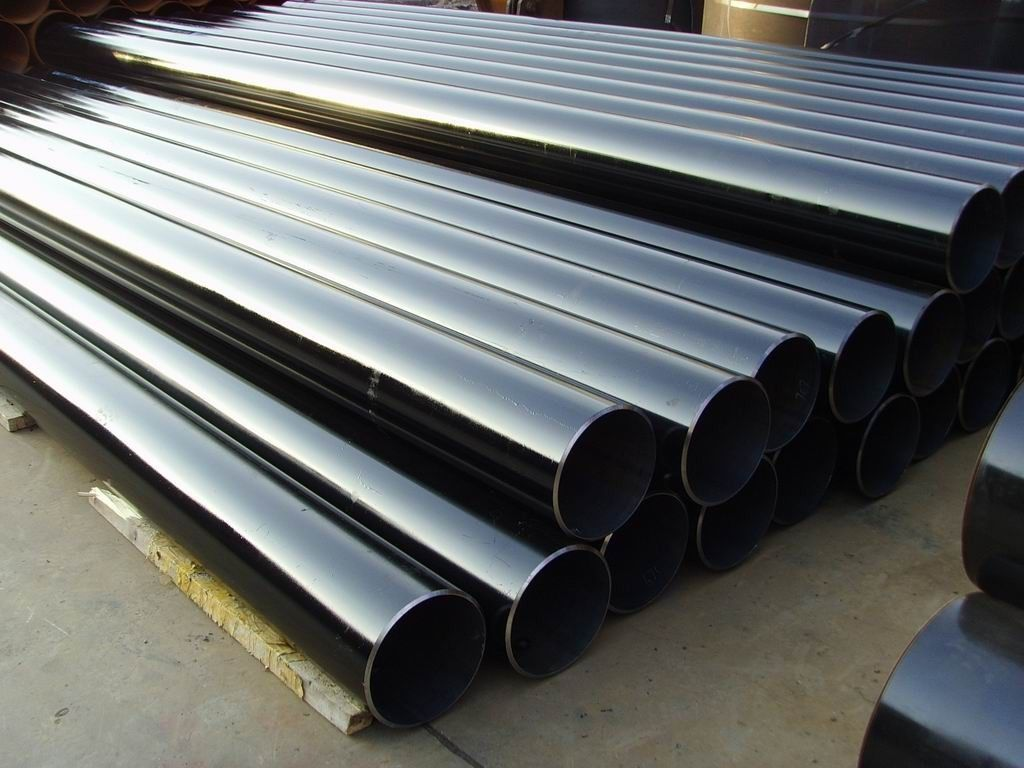-
Cangzhou Yulong Steel Co., Ltd.
-
Phone:
+86 13303177267 -
Email:
admin@ylsteelfittings.com
- English
- Arabic
- Italian
- Spanish
- Portuguese
- German
- kazakh
- Persian
- Greek
- French
- Russian
- Polish
- Thai
- Indonesian
- Vietnamese
- Zulu
- Korean
- Uzbek
- Hindi
- Serbian
- Malay
- Ukrainian
- Gujarati
- Haitian Creole
- hausa
- hawaiian
- Hebrew
- Miao
- Hungarian
- Icelandic
- igbo
- irish
- Japanese
- Javanese
- Kannada
- Khmer
- Rwandese
- Afrikaans
- Albanian
- Amharic
- Armenian
- Azerbaijani
- Basque
- Belarusian
- Bengali
- Bosnian
- Bulgarian
- Catalan
- Cebuano
- China
- China (Taiwan)
- Corsican
- Croatian
- Czech
- Danish
- Esperanto
- Estonian
- Finnish
- Frisian
- Galician
- Georgian
- Kurdish
- Kyrgyz
- Lao
- Latin
- Latvian
- Lithuanian
- Luxembourgish
- Macedonian
- Malgashi
- Malayalam
- Maltese
- Maori
- Marathi
- Mongolian
- Myanmar
- Nepali
- Norwegian
- Norwegian
- Occitan
- Pashto
- Dutch
- Punjabi
- Romanian
- Samoan
- Scottish Gaelic
- Sesotho
- Shona
- Sindhi
- Sinhala
- Slovak
- Slovenian
- Somali
- Sundanese
- Swahili
- Swedish
- Tagalog
- Tajik
- Tamil
- Tatar
- Telugu
- Turkish
- Turkmen
- Urdu
- Uighur
- Welsh
- Bantu
- Yiddish
- Yoruba

Sep . 21, 2024 12:42 Back to list
en 1092 1 flange specifications
Understanding EN 1092-1 Flange Specifications
Flanges are critical components in piping systems, serving as connection points between pipes, valves, and other equipment. One of the most standardized types of flanges is defined by the European Norm EN 1092-1, which outlines specifications that ensure compatibility, performance, and safety across various industrial applications.
EN 1092-1 covers several aspects of flange design, including dimensions, materials, pressure ratings, and surface finishes. This standard is pivotal in providing a uniform approach to flange specifications, promoting interoperability in international markets.
Dimensions and Types
EN 1092-1 specifies a range of flange types including flat, raised face, and ring-type flanges. The dimensions are clearly outlined in the standard, detailing the nominal sizes, bolt hole patterns, and thicknesses for various pressure classes. These specifications ensure that flanges can be easily matched with corresponding pipes and components, minimizing the risk of leaks and failures.
The standard categorizes flanges by nominal pressure ratings, which range from PN 2.5 up to PN 40. This classification reflects the flange's ability to withstand different pressures at specified temperatures, making it essential for engineers to select the correct flange type for their specific application.
Material Specifications
en 1092 1 flange specifications

Materials used in the manufacture of flanges are another critical aspect covered by EN 1092-1. Common materials include carbon steel, stainless steel, and alloy steel. The standard dictates that the material properties must meet certain mechanical and chemical requirements, ensuring durability and resistance to various environmental factors such as corrosion and temperature fluctuations.
Engineers must consider the medium that will flow through the piping system when selecting materials, as this can greatly affect both the performance of the flange and the longevity of the system. For instance, stainless steel flanges are often preferred in corrosive environments, whereas carbon steel may be suitable for low-pressure, non-corrosive applications.
Surface Finish and Coatings
The surface finish of flanges is another area addressed by EN 1092-1. Proper surface treatment is essential to ensure a good seal when flanges are bolted together. The standard specifies various finish types, ranging from rough to polished surfaces, depending on application requirements. Additionally, protective coatings may be specified to enhance corrosion resistance and overall performance.
Conclusion
In conclusion, the EN 1092-1 flange specifications play a vital role in ensuring the reliability and safety of piping systems across industries. By adhering to these standards, manufacturers are able to produce flanges that meet the global requirements for quality and performance. For engineers and project managers, understanding these specifications is crucial for making informed decisions and ensuring the integrity of their piping systems. Proper flange selection, based on EN 1092-1 guidelines, can significantly impact the efficiency, safety, and longevity of industrial operations.
Latest news
-
ANSI 150P SS304 SO FLANGE
NewsFeb.14,2025
-
ASTM A333GR6 STEEL PIPE
NewsJan.20,2025
-
ANSI B16.5 WELDING NECK FLANGE
NewsJan.15,2026
-
ANSI B16.5 SLIP-ON FLANGE
NewsApr.19,2024
-
SABS 1123 FLANGE
NewsJan.15,2025
-
DIN86044 PLATE FLANGE
NewsApr.19,2024
-
DIN2527 BLIND FLANGE
NewsApr.12,2024
-
JIS B2311 Butt-Welding Fittings LR/SR 45°/90° /180°Seamless/Weld
NewsApr.23,2024











